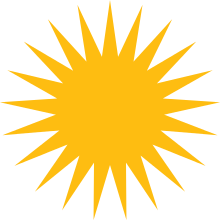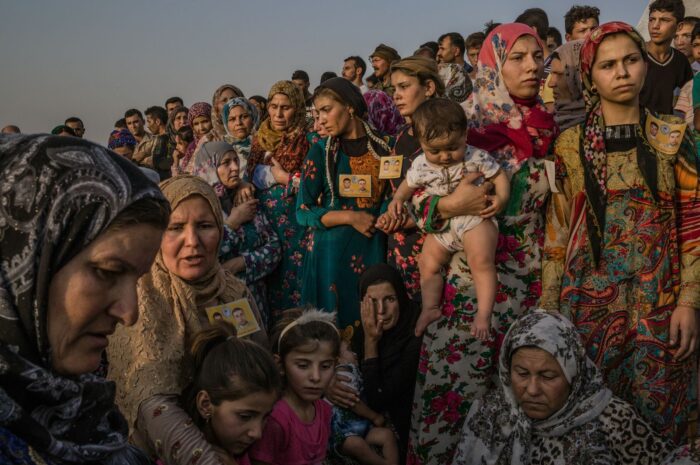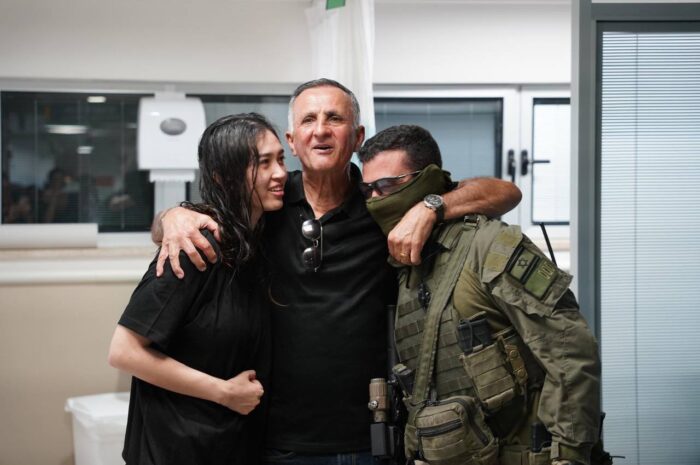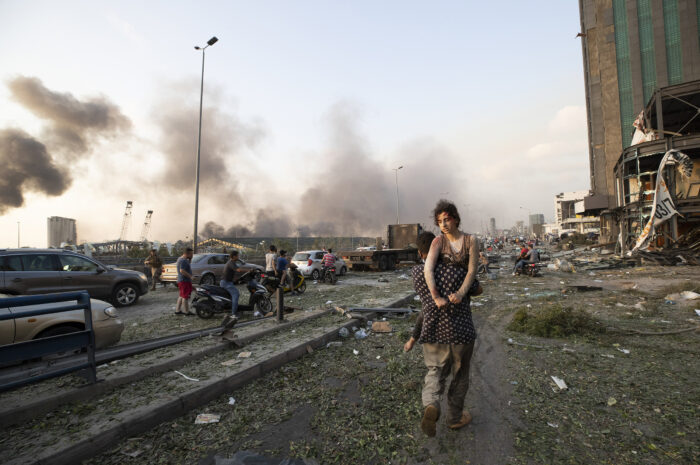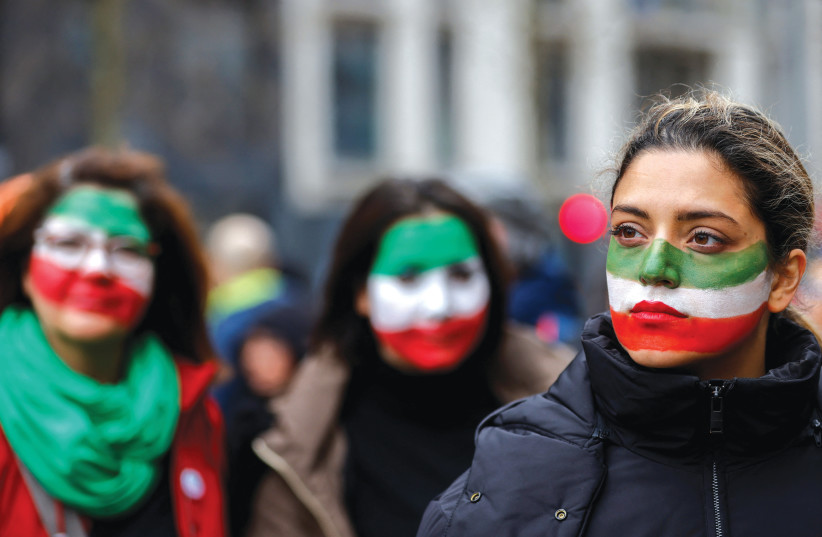
Note: The following article was originally published in the Jerusalem Post opinion section.
The death of Jina Amini, a young Kurdish woman from Rojhelat (western Iran), has sparked protests around the country. Jina’s murder at the hands of the security apparatus of the Ayatollah regime shocked to the core a nation on the brink of unrest. Women joined in the collective resistance with already disenfranchised people such as Kurds, Jews, Christians, Zoroastrians, and Sunni Muslims against the government in Tehran. They demand justice and an end to the regime.
The Ayatollah regime has for decades since the ousting of the Shah in 1979 and the Iranian revolution has been running the country as a theocratic dictatorship. Thisperiod has seen millions of people perish in war with neighbors, as well as imprisoned and tortured. The death of Jina Amini (known by the state as Mahsa Amini) at the hands of the morality police is just the latest development in the long decades of the regime’s rule and persecution towards Kurds including those seeking liberty from theocratic despotism.
Jina Amini’s death symbolizes a new revitalization of Iran’s protest movement. Thousands of people across the country, from Tehran to Rojhelat, are protesting the Ayatollah regime and calling for its removal. And who can blame them? This regime has caused the death of so many and is responsible for the long trajectory of suffering that numerous endure, especially minorities and women.
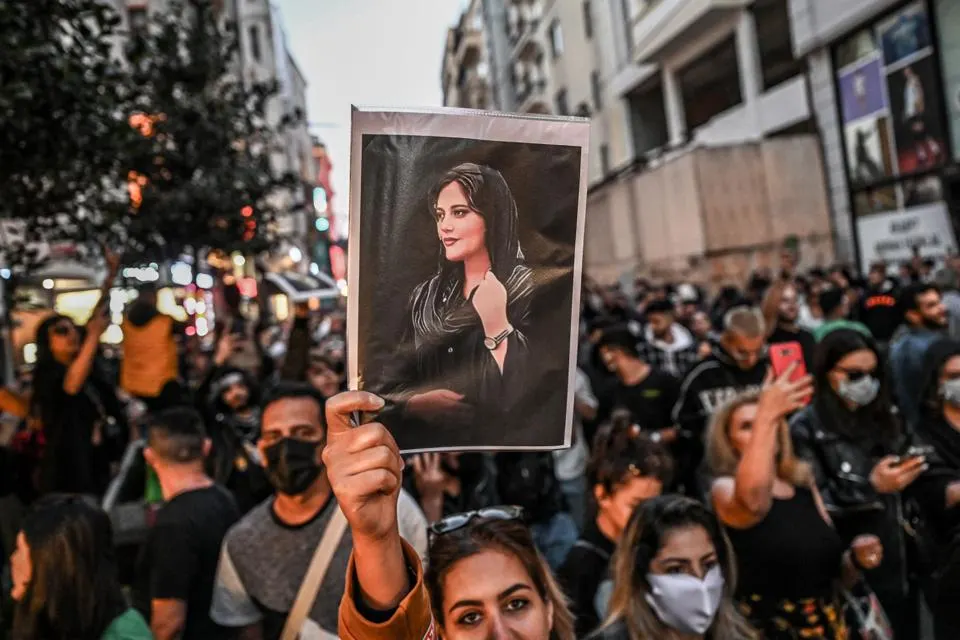
Her name was not the first. There were countless others across the decades that have been killed by this regime.
The list is long, but some names include Ramin Hossein Panahi (23), Navid Afkari Sangari (27), Ehsan Fatahian (28), Farzad Kamangar (32), and many more. The list includes Kurdish names, Persian names, women’s names, etc. Many killed were under thirty, just like Jina. Robbed of life, the names claimed by the regime continue to be written to this day.
Since the start of protests late last year, over five hundred people have been killed by the regime including seventy children and sixty-eight security forces. Names taken by the government include:
Kian Pirfalak (9), Nika Shakrami (16), Sarina Esmailzadeh (16), Mahsa Mougouyi (18), Hadis Najafi (21), Mohammad Mehdi Karami (21), Mohsen Shekari (22), Majid Reza Rahnavard (23), Hannaneh Kia (23), Majid Kazemi (30), Ghazaleh Chalabi (33), Saleh Mirhashemi Baltaghi (36), Saeed Yaqoubi Kordafli (37), Seyyed Mohammad Hosseini (39) and many, many more.
Every name is a story with its own hardships, triumphs and aspirations that have ended abruptly. There are more names, but the list is too long to be written here.
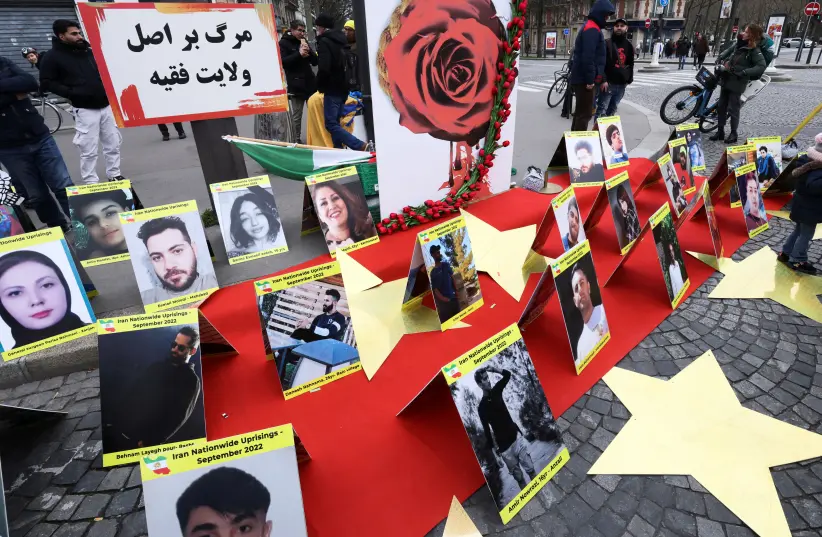
The regime is supported by the Islamic Revolutionary Guards Corps (IRGC), a fundamentalist security apparatus dedicated to preserving the Iranian revolution as espoused originally by Ayatollah Khomeini in the early days of the post-Shah order. The IRGC’s fanatical loyalty to the regime provides it with the necessary support to prevent transitional change and expand the influence of the regime abroad.
The Iranian people have suffered firsthand at the hands of the Basij, a component of the IRGC responsible for domestic repression and mass crackdowns across the country. This organization is headed by Brigadier General Gholamreza Soleimani and provides the personnel necessary for the Ayatollah’s internal police state. In any future Iran, the ruling regime and its various security apparatuses will have to be removed. The people protesting demand this in Tehran and elsewhere. They demand justice not only for Jina’s death but also for the deaths of thousands in the past killed at the hands of the Basij and rest of the IRGC. They seek a democratic, progressive order to follow the Ayatollah regime.
However, there are groups that do not seek this vision for the country.
Among those calling for the overthrow of the Ayatollah regime, there are those that are seeking the restoration of the Shah. These monarchists, found in the Iranian diasporas across Europe and the Anglosphere, and personified in the National Council of Iran’s founder Reza Pahlavi, not only demand the regime’s removal but also a return of a Shah to “guide” the country in the “right direction”. This “old guard” views the order of the former Shah as a period of progress for the country, where Iran was recognized internationally, experienced economic success, and commanded respect from most of the world. This is in spite of the fact that, like the Ayatollah, the Shah engaged in similar despotic practices towards dissidents, particularly towards Kurds, Balochis, and other groups. The Shah and his regime were a monarchical dictatorship who laid the necessary groundwork for a totalitarian Islamic Republic.
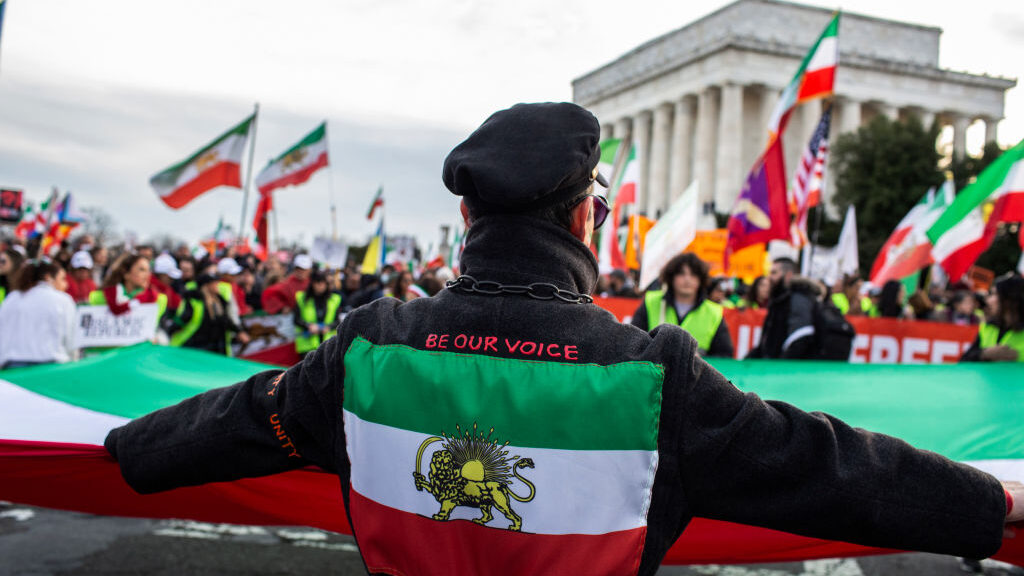
On the other end of the political spectrum, there are groups led by Kurdish activists in places like Rojhelat, who have formed organizations like the PDKI (Kurdish Democratic Party of Iran), PJAK (Kurdistan Free Life Party), and others. These groups have been engaged in a decades long-armed struggle against the regime, seeking legal autonomous rights for the Kurdish people. The Kurdish people have historically faced persecution not only from the Shah’s regime in the past but also from the Ayatollah regime today. Kolbars, for example—people who transport goods across mountains to support their families in small villages—have routinely faced persecution by the Basij. They are regularly arrested, tortured, and extrajudicially executed. The IRGC suppresses Kurdish dissidents, or anyone accused of supporting “separatism”, aiming to maintain a homogenous state identity.
Kurds have already suffered greatly in decades prior, fighting a war that the rest of the population felt ambivalent about. This resulted in the loss of leaders like Dr. Abdul Rahman Ghassemlou in 1989, who were assassinated in Austria and other places in Europe where IRGC agents are present. Persian nationalists who only want to depose the Ayatollah but maintain the historical homogeneity of the country are robbing the rights of minorities like the Kurds and reinforcing an old order.
Iran is fundamentally a multi-ethnic nation made up of a diverse group of people. Minorities within the country like Kurds, Balochis and Arabs should not feel hesitant in joining the struggle out of fear for their futures. These minority groups are largely supportive of a transition in government away from the Ayatollah regime already. Many of these groups have sacrificed children in the fight against security forces. Denying their voice in any future Iran would be a travesty. The removal of the Ayatollah regime is the most important goal in this struggle. Let us not forget ALL the people that make up the struggle.
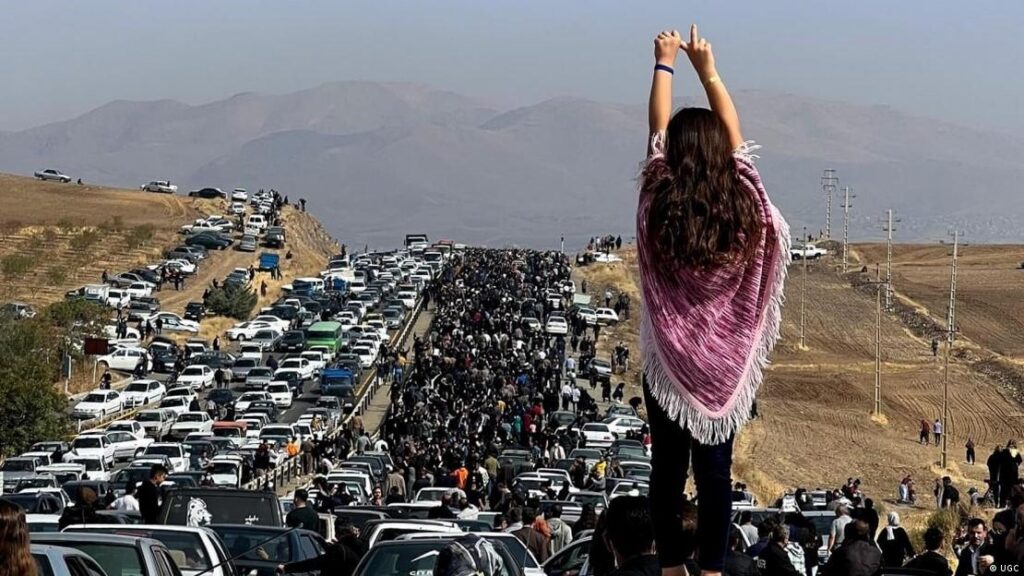
Public intellectuals are emerging abroad to represent the revolution on the public stage. Masih Alinejad, a prominent critic of the regime is taking center stage to advocate for protestors. Alinejad’s broadcasts rightly point out the injustices of the regime, including the persecution of women who face hatred inside the country for daring to remove their veil. Her voice along with the voices of thousands of women highlight the feminist nature of the revolution. This revolution is embodied by the phrase “Jin, jiyan, azadi,” a Kurdish expression that means “women, life, freedom.” This phrase has become the mantra of the revolution, a slogan that hangs atop the death of Jina Amini.
The protest movement’s pressure is already bringing progress. Women within the country are increasingly defying authorities and removing their veils that are mandated by the state. Authorities overwhelmed by non-violent protests are capitulating to protestors demands by not enforcing the strict hijab laws in major cities. Change is coming to the country and the people are leading that change.
On the other side are foreign interests, such as Israel, the USA, Europe, etc., who see this emerging revolution as an opportunity to weaken the regime’s influence in the region. This influence, as mentioned before, extends as far as Central America, but it is most prominent in Iraq, Syria, Lebanon, Palestine, and Yemen.
The IRGC supports the al-Hashd al-Shaabi (PMU) in Iraq, National Defence Forces and Hezbollah in Syria and Lebanon, Palestinian Islamic Jihad (PIJ) in the West Bank, Hamas in Gaza, and the Houthis in Yemen. It also supports the regimes in Venezuela and Russia with military assistance, the latter demonstrated recently by the supply of drones to Russian forces fighting in Ukraine. Each group and offer of support from the state is used to undermine the peace of other nations, often at the cost of tens of thousands of lives.
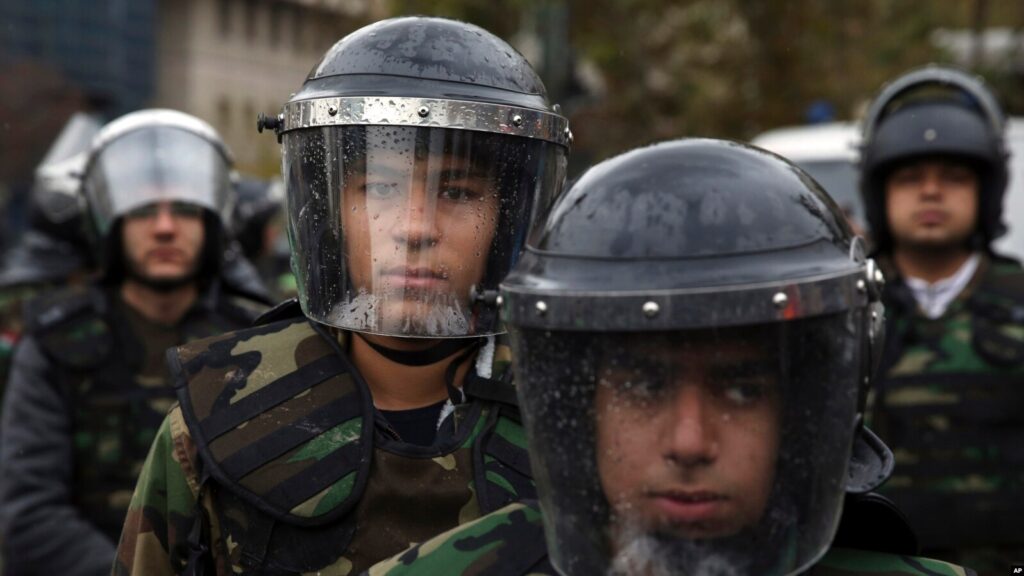
What can the international community do to help?
Some solutions that international observers can find to deal with the current crisis outside of support for protestors is listing the IRGC as a terrorist organization. The IRGC provides the backbone for the regime’s despotism. Targeting the organization and top military individuals with sanctions and barring their agents from entry into EU states is an important step in dismantling the security apparatus. The only way that these protests are likely to succeed is through both a local grassroots movement by the people and international pressure against the security apparatus of the state. Dismantling the infrastructure that keeps this regime in power is of vital importance in this regard.
Access to internet is another vital consideration. The regime is throttling dissemination of information on the protests by denying the people access to social media. We have access to snippets from Telegram channels, but that comes at the expense of brave people inside the country that share videos and messages to loved ones outside the country via encrypted services. Helping to provide access is important, whether this is done through smuggling of unfettered net uplinks through things like Starlink or otherwise. Iranian authorities are enforcing a system of censorship to contain the extent of protests.
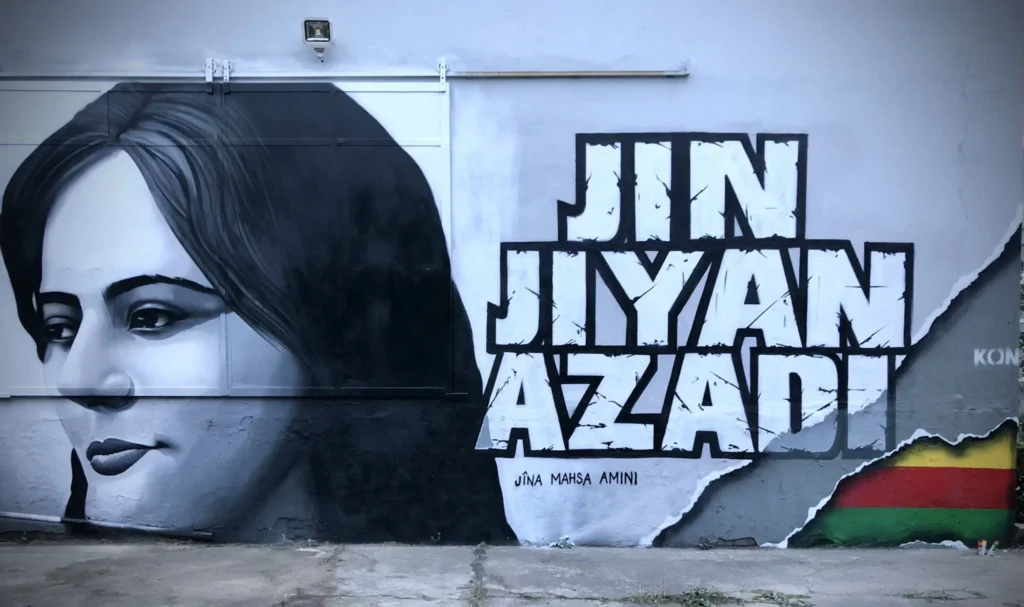
Helping to facilitate the establishment of a representative body for the Iranian people will give direction to the protests. A new constitution drafted in concert with representatives of the protesters that can negotiate the inclusion of the concerns of minorities historically disenfranchised is a concrete step in the right direction. Action in the form of protest is not enough to overthrow the regime. There needs to be action in form of conversation, debate, negotiation, and concerted action that combines various elements of unity across Iran’s vast community. This united front needs political momentum, international support and directed pressure against the regime to push the balance in favor of Iran’s people.
The case for revolution in Iran is evident. The Ayatollah regime is a destabilizing force not only inside Iran but also outside the country. Supporting popular protests and aiding the transition away from the regime towards a more stable and, hopefully, more democratic multiethnic country is preferable. The Ayatollah regime poses not only a local threat but also an international threat that perpetuates suffering and instability wherever it operates. This is why those who believe that Iran and its people deserve to exist and thrive in a prosperous country, free of theocratic despotism, need to pay attention to what this regime is doing and assist our fellow humans in the transition towards an Iran free of the Ayatollah.
Written by Anthony Avice Du Buisson (20/07/2023)
